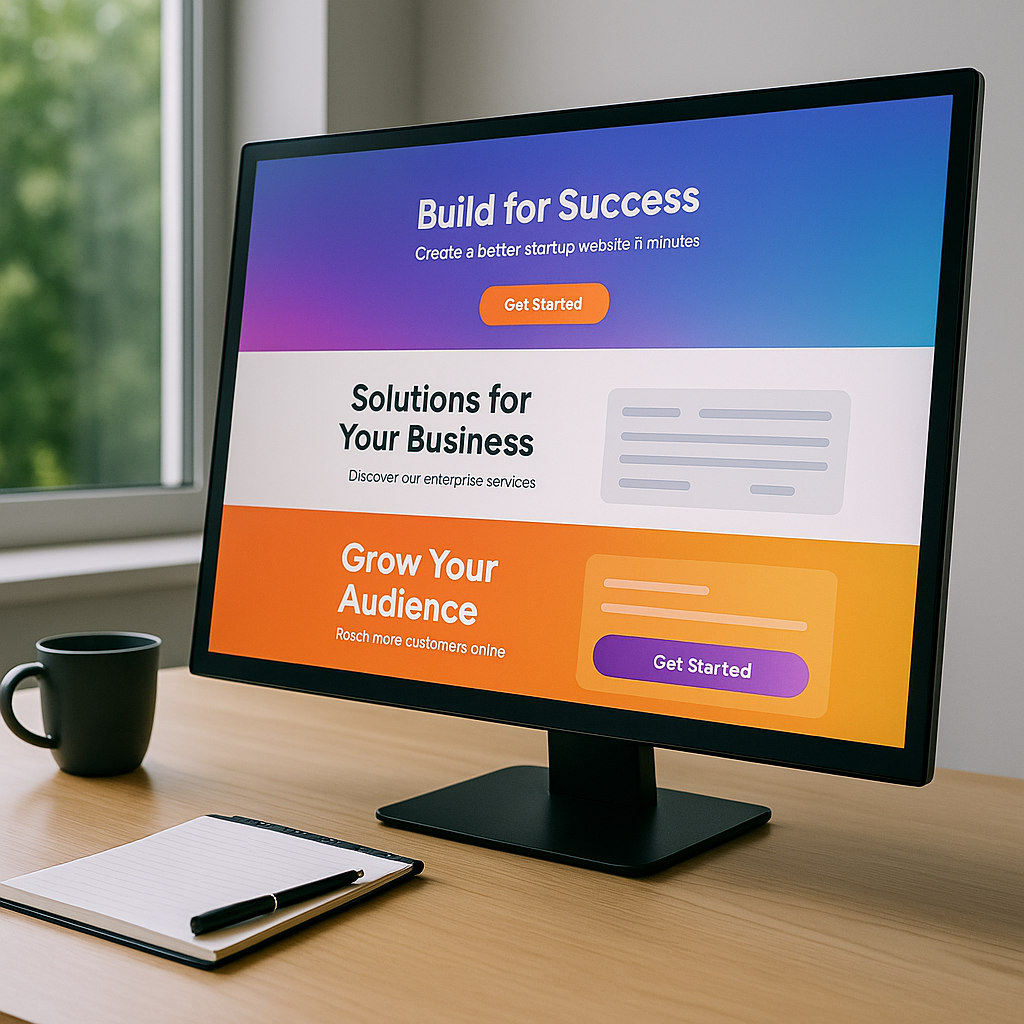Your cart is currently empty!

How do I write landing page copy for different audiences?
•
Why Audience-Specific Landing Page Copy Matters
Writing landing page copy that speaks directly to your audience is one of the most powerful ways to increase conversions. Whether you’re targeting tech-savvy millennials, busy professionals, or first-time buyers, your message must resonate with their unique needs, values, and pain points. In 2025, personalization is no longer optional—it’s expected. With the rise of AI-driven marketing and data-rich analytics, customers know when they’re being spoken to directly. And they reward that relevance with clicks, sign-ups, and purchases.
Understanding Your Audience Segments
Before you write a single word, you need to understand who you’re writing for. Audience segmentation is the process of dividing your target market into distinct groups based on shared characteristics. These can include:
- Demographics (age, gender, income level)
- Psychographics (values, interests, lifestyle)
- Behavioral data (purchase history, browsing habits)
- Geographic location
- Job roles or industries
Once you’ve identified your segments, you can tailor your landing page copy to each group’s specific motivations and objections.
How do I tailor landing page copy for different audiences?
Start by creating detailed buyer personas for each audience segment. These personas should include:
- Name, age, and occupation
- Goals and challenges
- Preferred communication style
- Common objections
- What success looks like for them
With these insights, you can craft copy that speaks directly to each persona’s mindset. For example, a landing page targeting a small business owner might emphasize time-saving features, while one for a corporate buyer could focus on ROI and scalability.
What tone should I use for different customer personas?
The tone of your landing page should match the expectations and preferences of your audience. Here are a few examples:
- Young professionals: Casual, energetic, and aspirational
- Corporate decision-makers: Formal, data-driven, and confident
- Creative freelancers: Friendly, quirky, and visually engaging
- Parents: Reassuring, empathetic, and practical
Use language that mirrors how your audience speaks. This builds trust and makes your message feel more authentic.
How can I structure landing pages for different goals?
Different audiences often have different goals when they land on your page. Your structure should reflect that. Here’s how to align your layout with user intent:
- For information seekers: Use clear subheadings, bullet points, and FAQs to deliver quick answers.
- For decision-makers: Include testimonials, case studies, and ROI calculators to support their evaluation process.
- For impulse buyers: Highlight urgency with limited-time offers, countdown timers, and bold CTAs.
- For skeptical users: Add trust signals like reviews, security badges, and transparent policies.
Always make your CTA (call to action) prominent and relevant to the audience’s stage in the buyer journey.
What are some examples of tailored landing page copy?
Let’s look at a few examples of how landing page copy can be adapted for different audiences:
Example 1: SaaS Product
Audience: Startups
‘Get your team up and running in minutes—no IT required. Our intuitive platform helps you scale fast without the overhead.’
Audience: Enterprises
‘Built for scale, security, and compliance. Our enterprise-grade solution integrates seamlessly with your existing infrastructure.’
Example 2: Online Course
Audience: College Students
‘Learn at your own pace, on your own schedule. Pass your exams with confidence and land your dream job.’
Audience: Working Professionals
‘Advance your career with expert-led training designed for busy schedules. Earn certifications that employers value.’
How does audience segmentation impact landing page performance?
Segmented landing pages consistently outperform generic ones. According to recent marketing studies, personalized landing pages can increase conversion rates by up to 300%. Why? Because they reduce friction. When users feel like your message was crafted just for them, they’re more likely to trust you, engage with your offer, and take action.
How can I test landing page copy for different demographics?
A/B testing is your best friend here. Create multiple versions of your landing page, each tailored to a specific audience. Test variations in:
- Headlines
- CTA buttons
- Images and visuals
- Testimonials
- Value propositions
Use tools like Google Optimize, VWO, or Unbounce to track performance metrics such as bounce rate, time on page, and conversion rate. Over time, you’ll gain valuable insights into what resonates with each audience.
Tips for Writing High-Converting Landing Page Copy
- Lead with benefits, not features: Focus on what the user gains.
- Use emotional triggers: Appeal to desires like security, success, or belonging.
- Keep it scannable: Use short paragraphs, bullet points, and bolded keywords.
- Include social proof: Reviews, ratings, and testimonials build trust.
- End with a strong CTA: Make it clear, action-oriented, and benefit-driven.
Final Thoughts
Writing landing page copy for different audiences isn’t about changing your entire brand voice—it’s about adapting your message to meet people where they are. In 2025, the brands that win are those that listen, personalize, and communicate with clarity. By understanding your audience segments, adjusting your tone, and testing relentlessly, you’ll create landing pages that not only attract attention but drive real results.
Leave a Reply